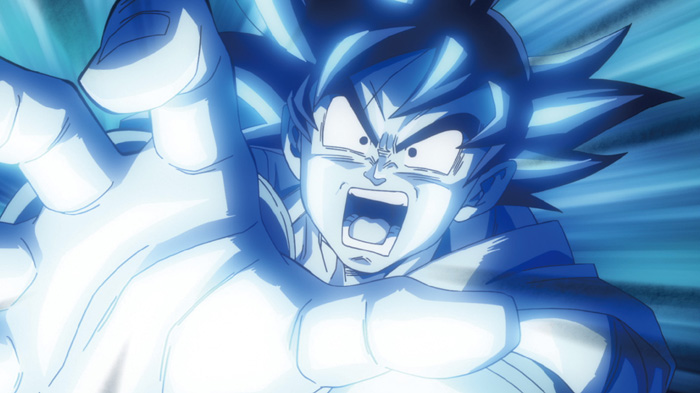If you live in the west, there was a time in the early to mid-90s where anime was unknown to the majority of the population. Seen as a new take on a classic, this mythical form of entertainment from the east quickly took the likes of the US and UK by storm, rapidly becoming a favorite for people of all ages. What used to be just seen in animation started to bleed out into so many other facets of entertainment and general life. In no small part, this popularity is owed to Dragon Ball, its sequels, and the many additions this property brought to the world. With the Tokyo Olympics just around the corner, Son Goku is poised to be an official figurehead for the world to see. But how did this humble show reach this level, and what have been his biggest leaps in becoming one of the world’s anime and manga’s biggest stars?
The Original Manga The original Dragon Ball manga was started in December of 1984 by author Akira Toriyama. Beginning as more of an adventure-comedy than the action-heavy fighting manga it would eventually be known for, Dragon Ball originated as a sort of reimagining of Chinese classic Journey to the West. As is common for the most popular manga, this would eventually be turned into an anime, which saw similar levels of acclaim. The Anime Itself Oddly enough, when it came to the rest of the world, it wasn`t the original DRAGON BALL that captured everyone`s imagination. Instead, it was the sequel set around adult Goku, DRAGON BALL Z, which became the more popular release. Dubbed in English by Ocean and Funimation, DBZ brought a type of show which western audiences had never seen before. Unlike western superheroes, this serial told one singular story, where the characters would train, grow, and ever-improve their own abilities. This popularity soon led it to be dubbed in other languages too, and it became especially popular in Latin America. Dragon Ball in Gaming Perhaps most significant of all the other forms of media to take Dragon Ball`s name came from the world of gaming. While anime games always came from Japan, combining this style into recognizable property did a huge amount to legitimize anime games in westerners` eyes, just as Dragon Ball had done with anime in the years prior. While it is a difficult measure to quantify, it is safe to say that, without Dragon Ball games, the anime gaming market would be in no way as diverse as it is today. From visual novels like Danganronpa on Steam, to the range of online slots like Magic Maid Café and Moon Princess on CherryCasino, Dragon Ball primed this world, that much is undeniable. Today, there have been over a hundred different games based on the Dragon Ball property released, bringing in nearly $5 billion in revenue. This includes the newly released Dragon Ball Z Kakarot, and ongoing fighting game Dragon Ball FighterZ, one of the biggest in the international competitive scene. While we would never claim it would be fair for Goku, a being who could bench-press a planet, to enter the Olympics, it is unsurprising that he would be chosen as a frontman. Just as with Goku, the Dragon Ball series represents evolution, success through hard work, and achieving greatness through humble beginnings. Not bad for a monkey-boy from the mountains.


